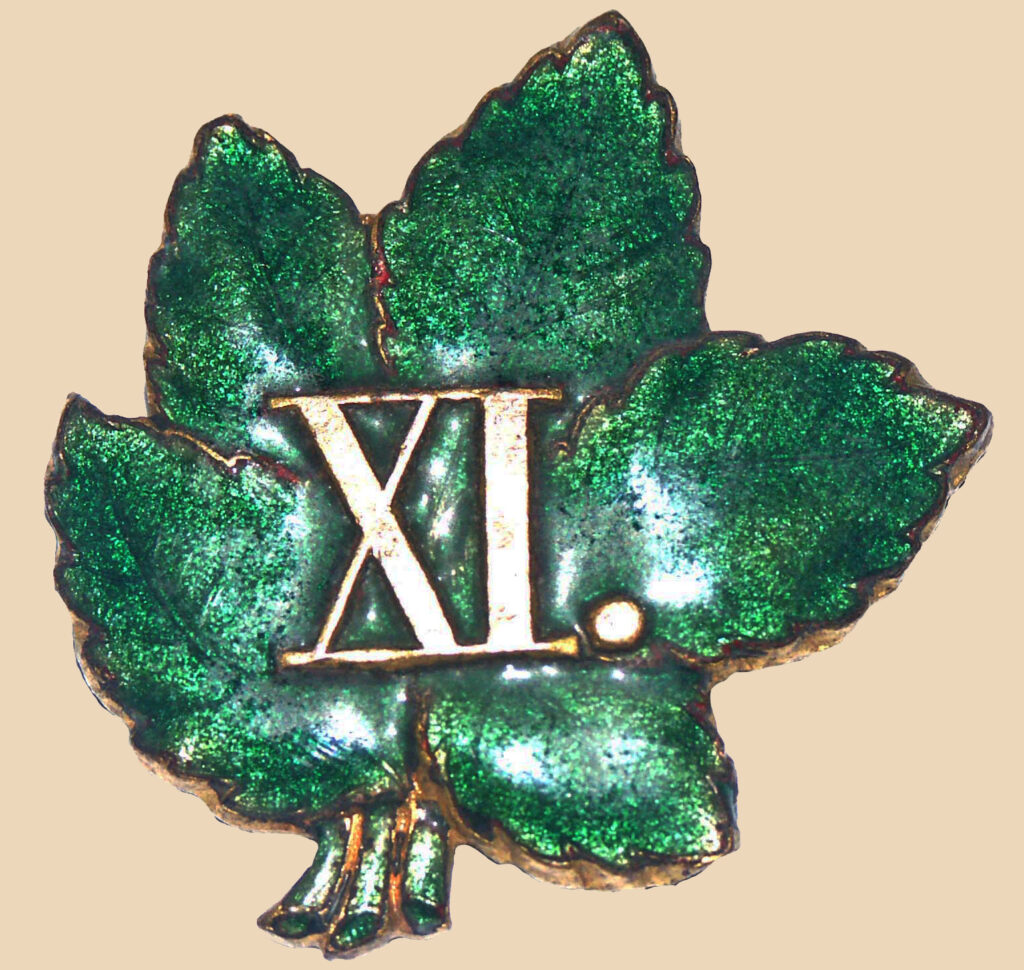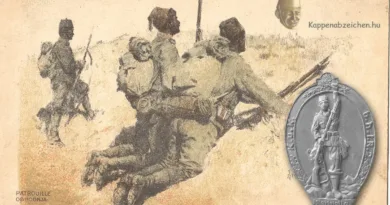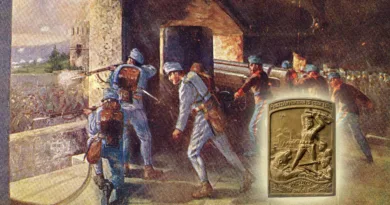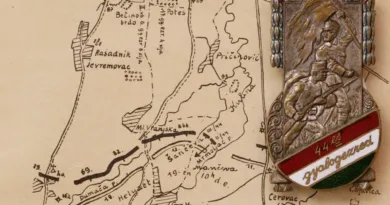Dniester front and the XI. corps
Following the Gorlice breakthrough, the Allies sought primarily to repress the northern and central parts of the Russian front. In the south, near the Romanian border, the Russians were also expelled from the Carpathian ranges. What’s more, Bukovina’s capital, Czernowitz, has also been liberated. The new front line followed the rivers Dniester and Strypa, which was protected by the Austro-Hungarian 7th Army under the command of Colonel-General Pflanzer-Baltin. In the Dniester region, the Hadfy Corps and the XI. corps were in position.
The strengthening of the positions of the Dniester line began in September 1915 after the Allied advance was stopped. According to the professional criteria valid at that time, the trenches of the first line were particularly strengthened, the second and third lines received a much more modest fortification, and could only be considered as a support system. Later, the lack of in depth defense was severely recouped during the Great Russian Offensive of 1916, when the multiple outnumbering Russian forces quickly occupied the first line trenches and were able to continue attacking almost unhindered in the areas behind the front line. In any case, by the end of 1915, the Dniester posts were concentrated on the first line. Serious technical facilities, bunkers, covered machine guns and cannon stands, built-in flamethrowers were deployed behind the multiple wire barrier belt.

The testing of the jobs soon took place during the Russian offensive in Bukovina in the winter 1915-16. At this point, defensive equipment and crew successfully repulsed the Russian attacks across the line. The XI corps played a prominent role in repelling the attack, which at the time consisted of the 42nd and 51st Honvéd Divisions, the 202th Sávoly and the Papp Brigades. The Russian attack was finally repulsed by the redeployment of reserves (40th Army Division). The Dniester front survived.
In the spring of 1916, further reinforcement of the posts took place, but still according to the earlier concept based on the first line. In June 1916, the next major Russian attack, the Brusilov offensive, took place. At that time the Russian army was concentrating its forces more narrowly than before and the artillery preparation was far greater than what had been seen ever before. The offensive broke through the front line in two places. Most can be read about the northern breakthrough point in the area of Olyka village east of Luck. However, we are now more interested in the southern breakthrough point. It is located north of the town of Czernowitz in the area of Okna municipality, in the XI. corps line. The positions of the 40th and 42nd military divisions were destroyed by the Russian forces already on the first day of the attack, on June 4. The front-line positions built with long work were destroyed by the fierce artillery strike. Due to the lack of in depth defense, the enemy flooding at the breakthroughs swept the front line, falling into the backs of the still persistent defenders. The front eventually returned to the ranks of the Carpathians again.

Based on the above, the badge depicting the Dniester front clearly shows a trench detail. The trenches that lasted for a year. The badge maker might have felt they provided absolute security. I also present the beautiful enamel badge of the XI. corps. The leaf is of the guilder rose (vibrum opulus). It is a distinguished plant of Ukrainians, which is called the flower of heroes. This explanation is plausible because the XI. corps actually fought mainly in areas inhabited by Ukrainians. On the other hand, it contained the Ukrainian Legion and several other units set up locally from volunteers, such as Colonel Fischer’s battle group, in which mostly Ruthenians and Ukrainians also fought. The photo and badge on it show a trench section with a built-in defense cannon.




